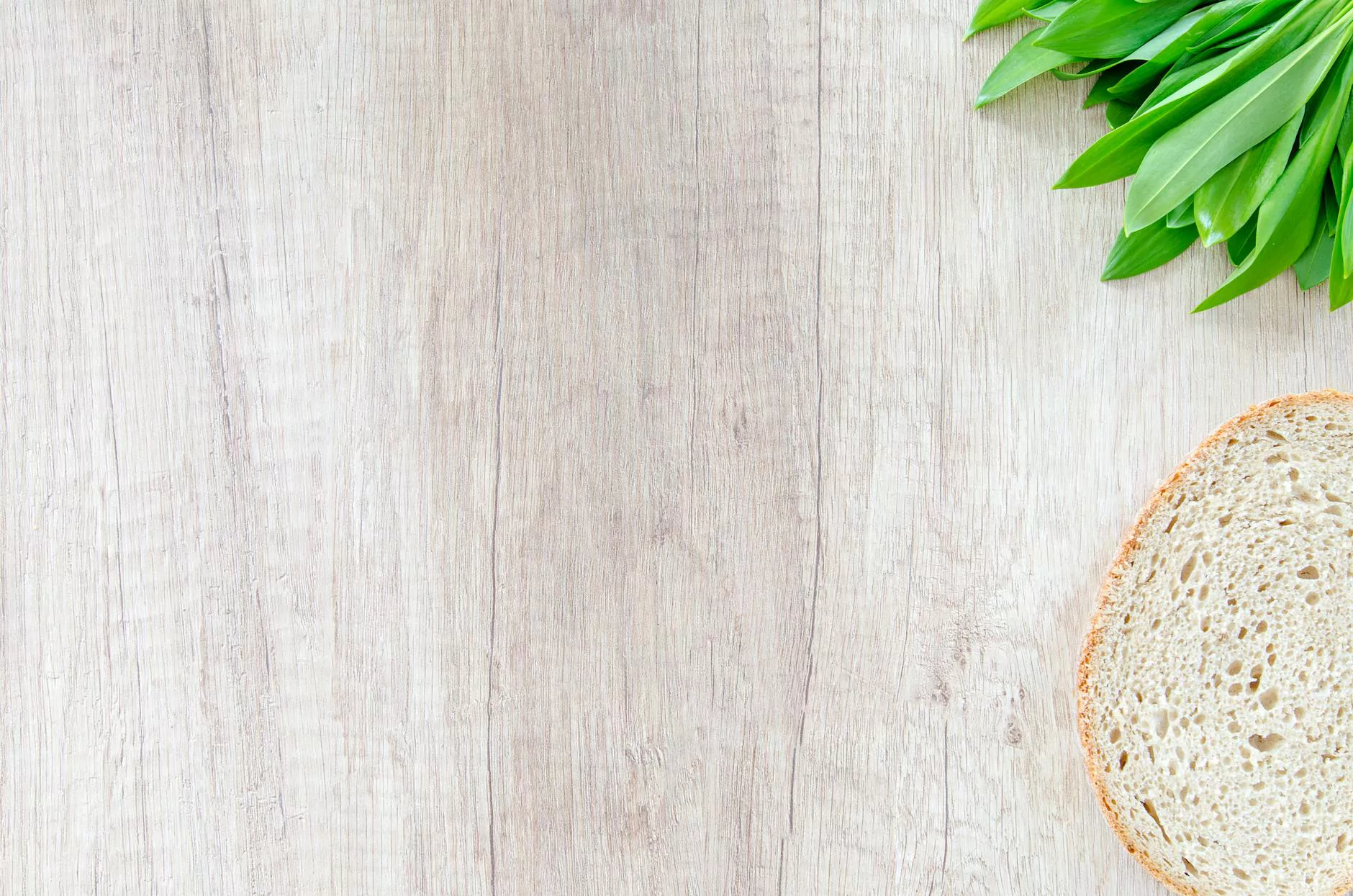The Complete Guide to Siding Repair: Maintaining Your Home’s Exterior

Your home is your sanctuary, and the exterior is the first line of defense against the elements. Siding repair is an essential aspect of maintaining not only your home’s aesthetics but also its structural integrity. This comprehensive guide will delve into the various types of siding materials, the importance of regular maintenance, and tips for effective siding repair.
Understanding Siding: Protecting Your Home’s Structure
Siding serves as a protective layer against weather conditions while enhancing the beauty of your home. It acts as a shield, safeguarding the materials beneath it from moisture, pests, and temperature fluctuations. Ignoring the need for siding repair can lead to more significant issues, including water damage, mold growth, and increased energy bills.
Types of Siding Materials: Know Your Options
When it comes to siding repair, understanding the different types of materials available is crucial. Here are some of the most common siding materials, each with its unique properties and repair requirements:
- Vinyl Siding: This is one of the most popular choices due to its low cost, durability, and variety of colors. Siding repair for vinyl involves replacing panels and can often be done without professional help.
- Wood Siding: Wood provides a rustic look but requires regular maintenance to prevent rot and insect damage. Repair may involve replacing individual boards or re-staining.
- Fiber Cement Siding: Known for its durability and resistance to fire and pests, fiber cement siding can also require specific techniques for repair that involve cutting and replacing sections.
- Stucco: This material offers aunique finish and excellent insulation. Repairing stucco often requires special tools and materials to match the texture.
- Metal Siding: Galvanized steel or aluminum is lightweight and resistant to pests. Siding repair may include repainting or replacing dented panels.
The Importance of Regular Maintenance
Why You Should Maintain Your Siding
Regular maintenance not only keeps your home looking great but also extends the lifespan of your siding. Here are some reasons to prioritize siding maintenance:
- Prevention of Damage: Timely repairs can prevent minor issues from escalating into significant problems.
- Energy Efficiency: Well-maintained siding provides better insulation, which can lower your heating and cooling costs.
- Enhanced Curb Appeal: A home with well-maintained siding looks inviting and can increase property value.
- Protection Against Pests: Properly sealed and maintained siding discourages pest infestations.
Identifying the Need for Siding Repair
Recognizing when your siding needs attention is vital. Look for the following signs:
- Cracks and Holes: These can lead to water infiltration and should be repaired immediately.
- Warping or Buckling: This often indicates water damage underneath the siding, necessitating further inspection.
- Fading Color: While some fading is normal, drastic changes in color can indicate a need for replacement or painting.
- Mold or Mildew Growth: This can signal trapped moisture behind the siding and requires immediate repair.
- Pest Infestations: Signs of insects or rodents could suggest gaps in your siding that need to be sealed.
DIY vs. Professional Siding Repair: What You Need to Know
When it comes to siding repair, you have two options: tackle the repairs yourself or hire a professional. Here’s a breakdown of both approaches:
DIY Siding Repair
If you’re handy with tools and have some experience, DIY repair can save you money. Here are some common DIY repairs:
- Patch Small Holes: Use caulk or patching compound for minor damages.
- Replace Damaged Panels: Follow manufacturer instructions to remove and replace damaged siding panels, particularly for vinyl or wood.
- Repaint Faded Areas: Touch up paint to improve visual appeal.
When to Hire Professionals
While some repairs can be done on your own, there are instances when you should consider hiring professionals:
- Extensive Damage: If the damage is widespread or indicates underlying issues, professional help is advisable.
- Complex Materials: Fiber cement and stucco require specialized tools and skills.
- Safety Concerns: If repairs require extensive climbing or working near electrical lines, hiring a pro is safer.
Tips for Effective Siding Repair
Whether you choose to repair your siding yourself or hire a professional, here are some tips to ensure effective repairs:
- Inspect Regularly: Make routine checks for damages, especially after severe weather.
- Use Quality Materials: Ensure you’re using high-quality materials that match your existing siding for repairs.
- Follow Manufacturer Guidelines: When making repairs, adhere to guidelines provided by the siding manufacturer for best results.
- Consider Weather Conditions: Plan repairs during dry weather to allow for proper adhesion and curing.
- Document Repairs: Keep a record of repairs done, which can be useful for future reference or when selling your home.
Conclusion: The Future of Your Home’s Siding
In conclusion, siding repair is a critical aspect of maintaining the exterior of your home. By understanding the various materials, recognizing the signs of damage, and knowing when to DIY or hire professionals, you can ensure that your home remains safe, beautiful, and energy-efficient. Remember that regular maintenance and timely repairs not only protect your investment but also enhance your property’s value and curb appeal.
For residents looking for professional siding repair services, GutterServiceUSA.com offers expert solutions tailored to your needs. Don’t wait for minor issues to become major problems; contact us today for comprehensive siding help!









